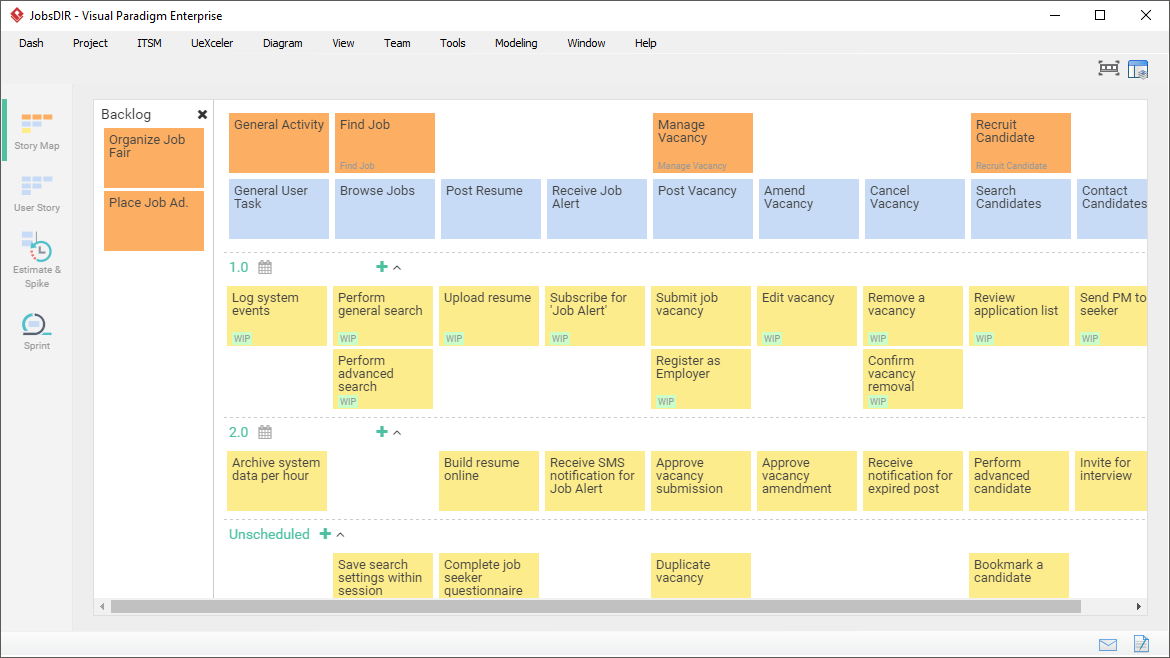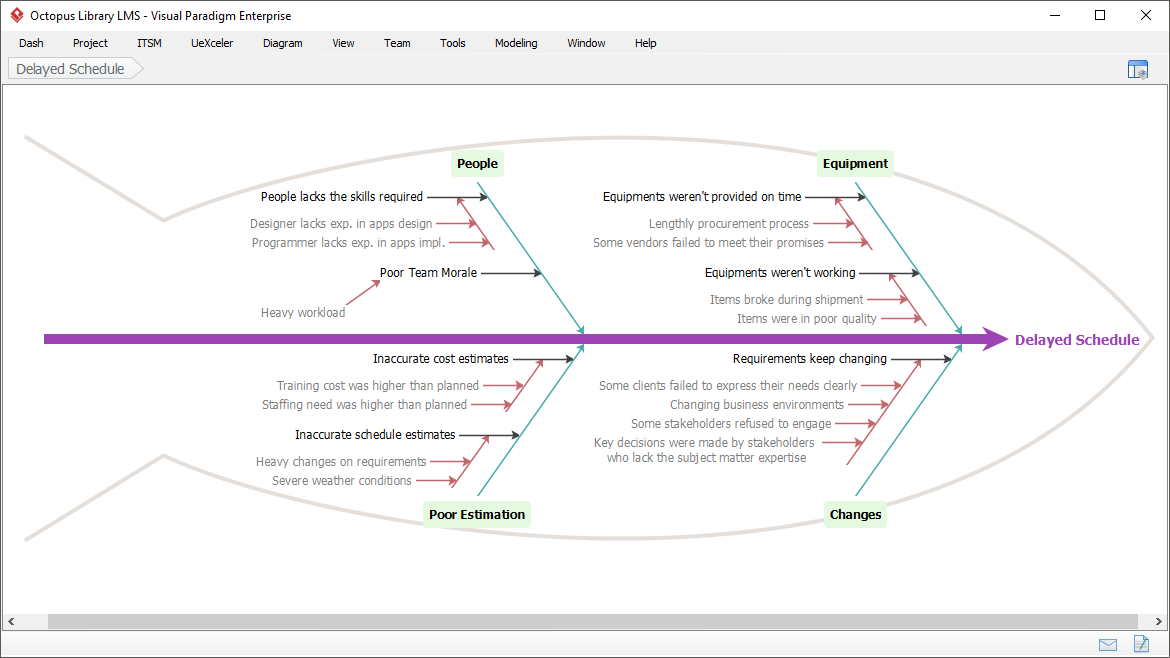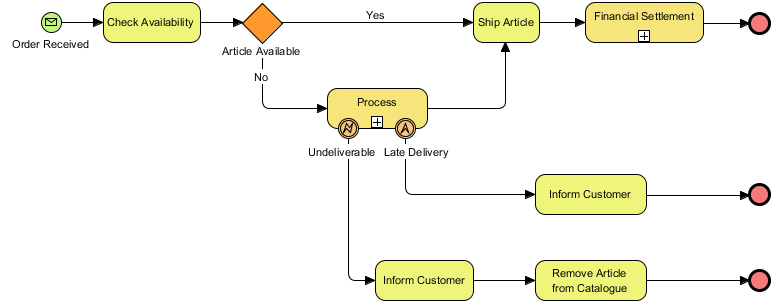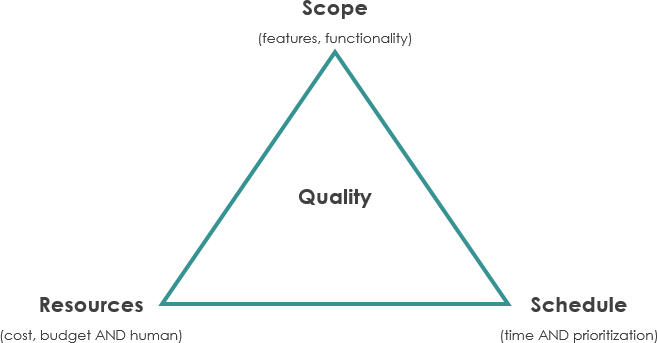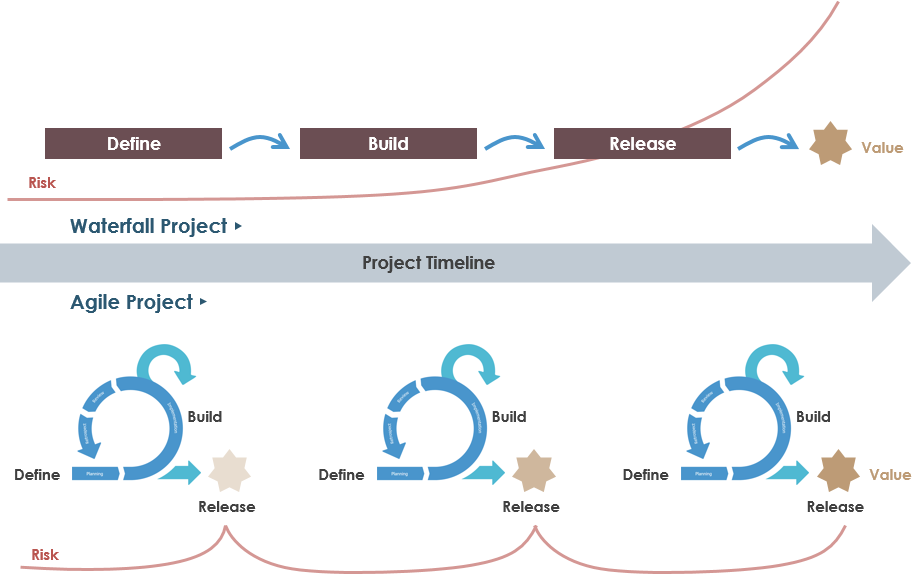User Story Maps provide Scrum teams with a visual and structured approach to managing product backlogs. The visual story map enables the effective arrangement of product backbones (user activities), user tasks, epics and user stories into a manageable top-down structure based on the nature, priority and complexity of the map items.
Continue reading